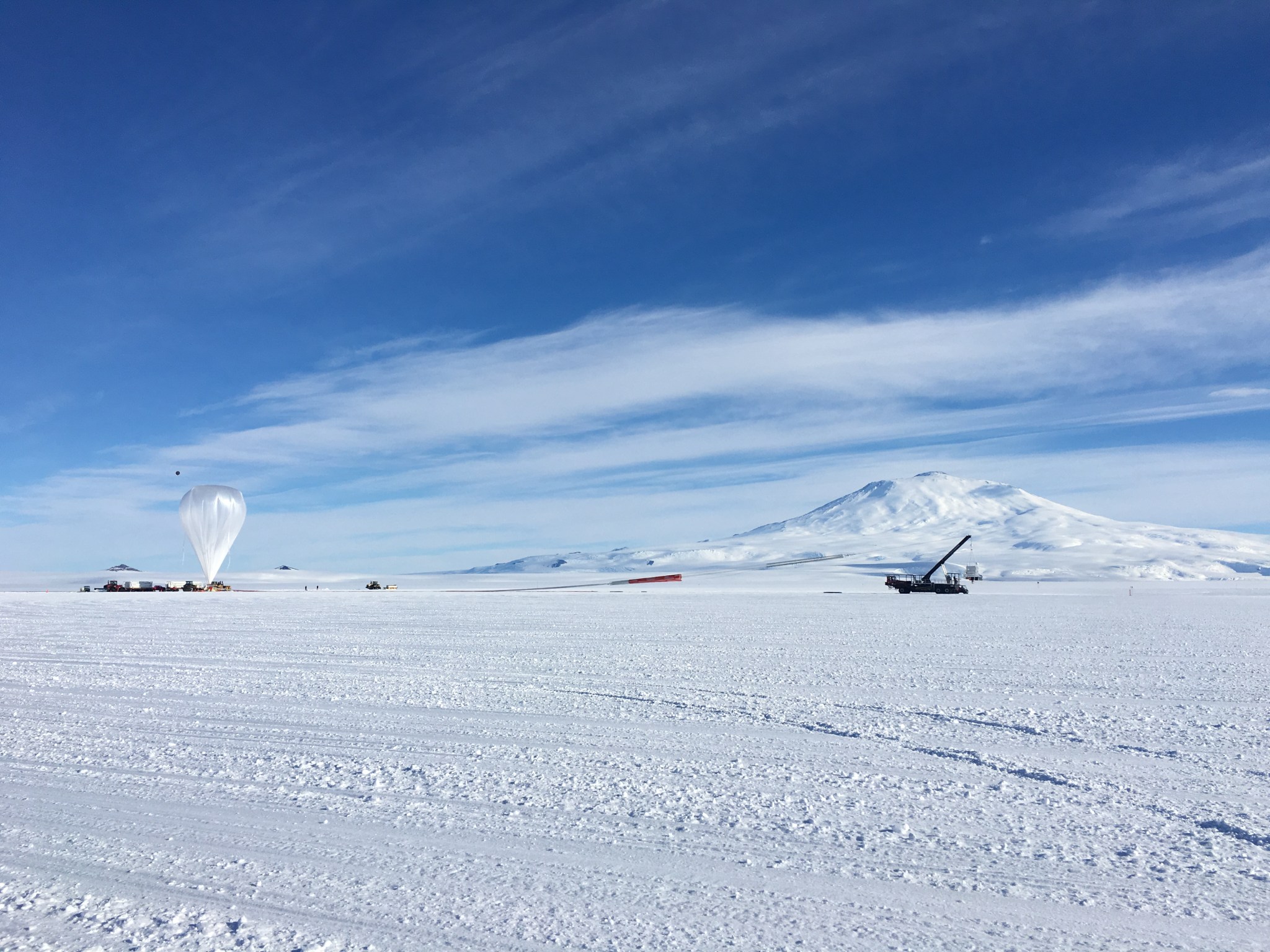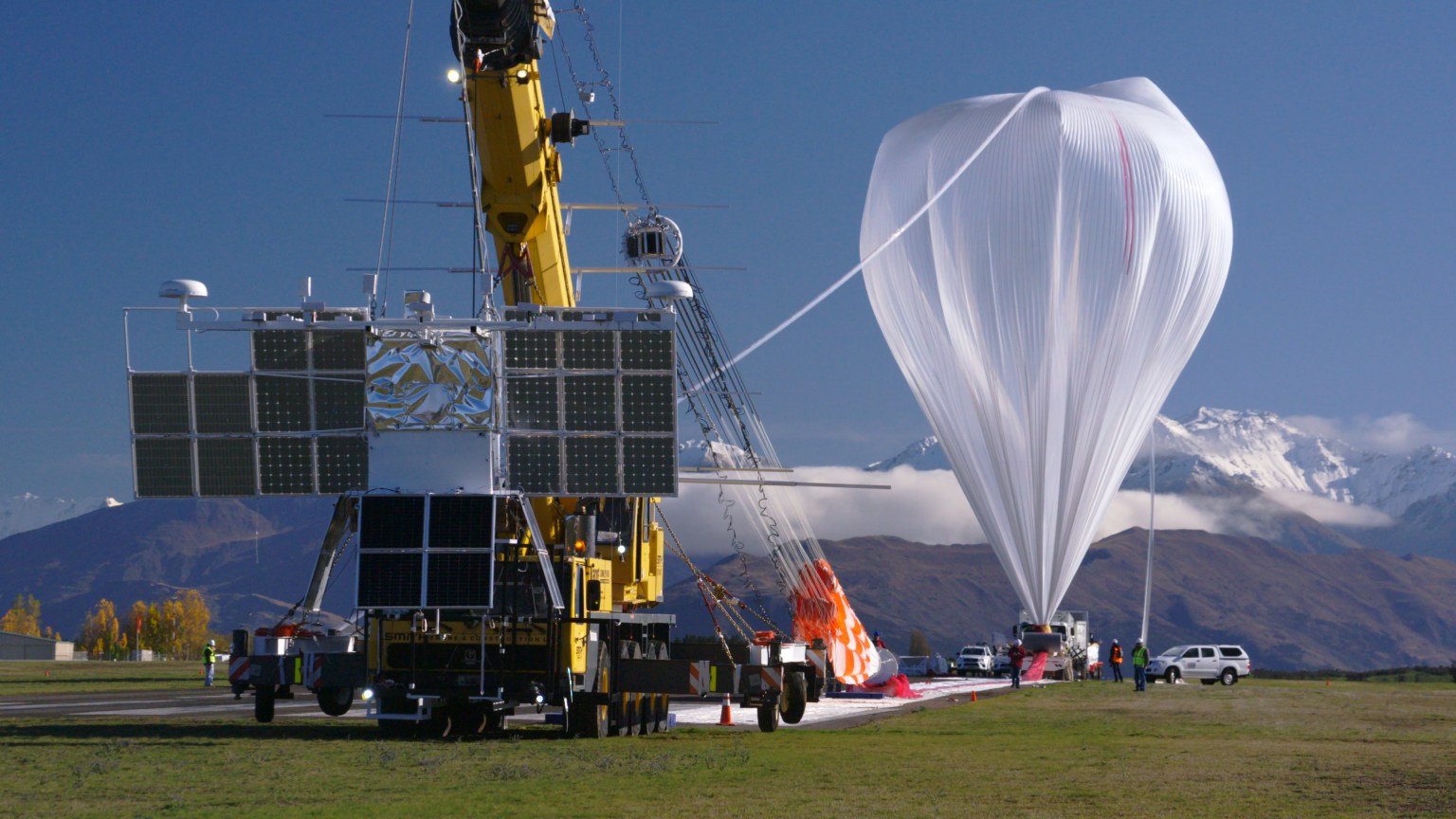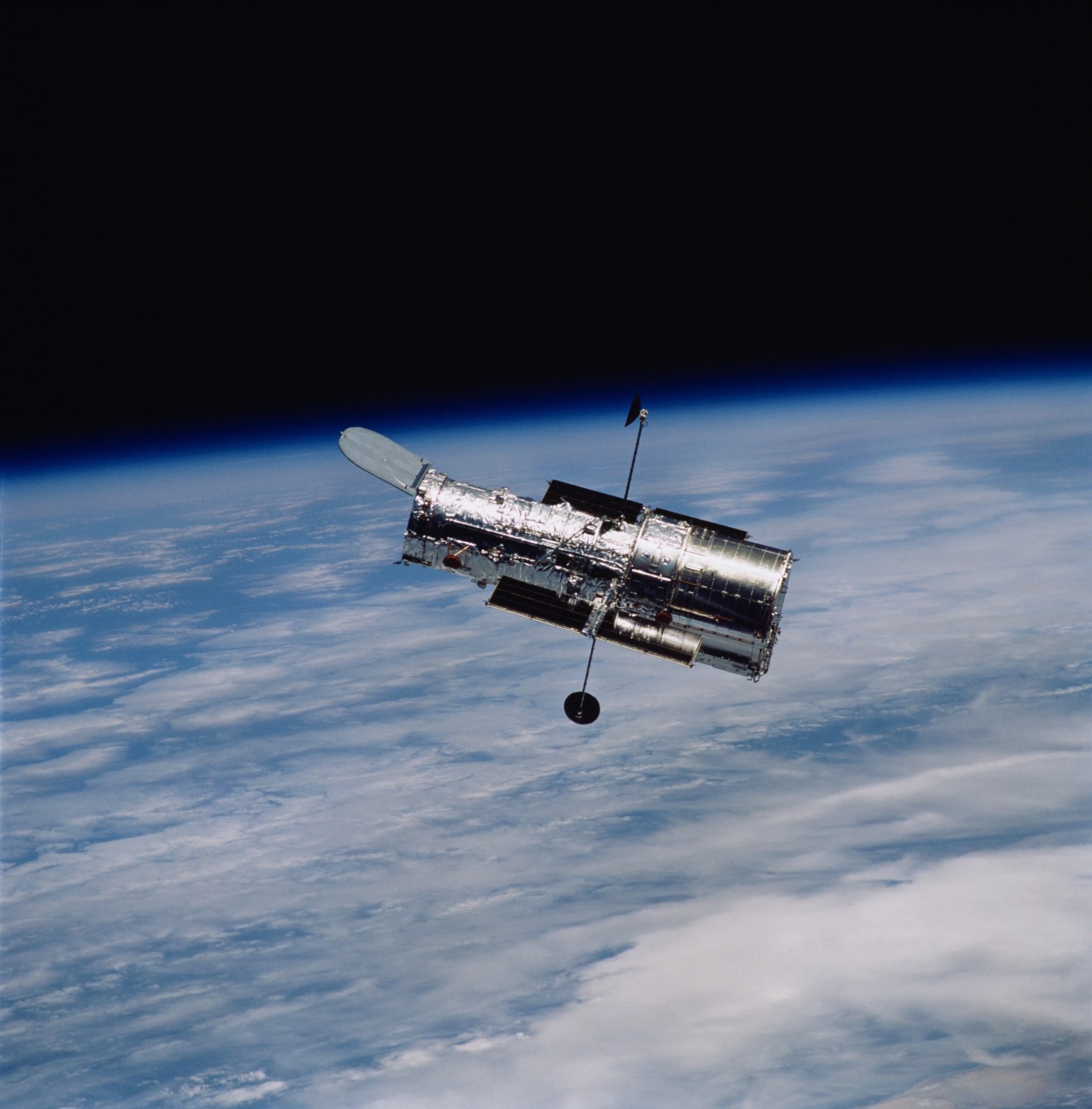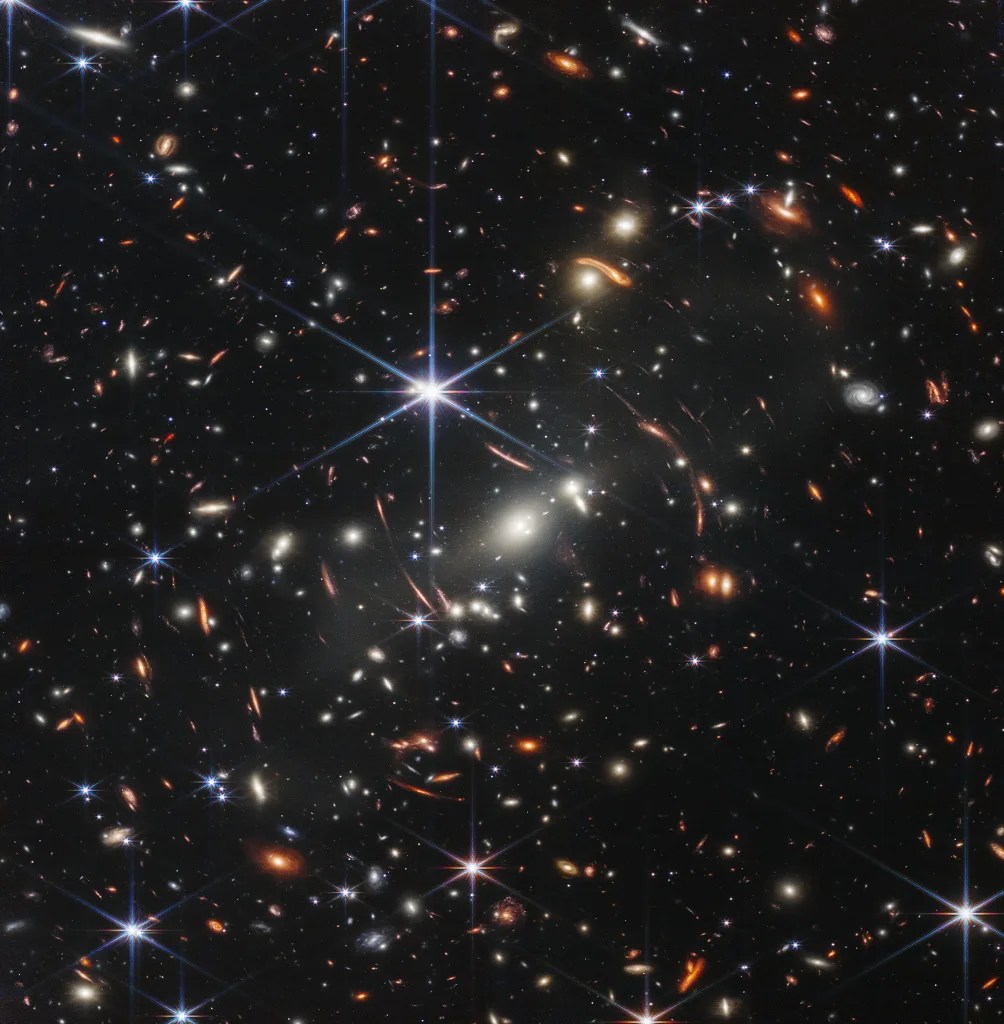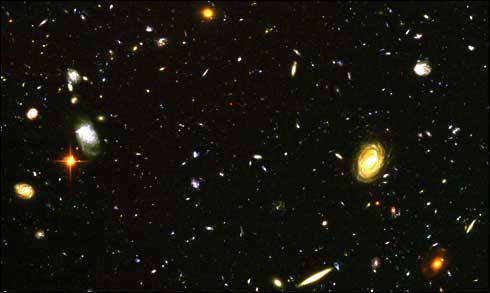GUSTO
Galactic/Extragalactic ULDB Spectroscopic Terahertz Observatory
Mission Type
LAUNCH SITE
LaunchED
GOAL
GUSTO Overview
NASA's GUSTO mission – short for Galactic/Extragalactic ULDB Spectroscopic Terahertz Observatory – will measure emissions from the interstellar medium, which is the cosmic material found between stars. This data will help scientists determine the life cycle of interstellar gas in our Milky Way galaxy, witness the formation and destruction of star-forming clouds, and understand the dynamics and gas flow in the vicinity of the center of our galaxy.
GUSTO is led by principal investigator Christopher Walker of the University of Arizona.
The mission launched Dec, 31, 2023, from McMurdo, Antarctica. It is expected to stay in the air 55+ days, depending on weather conditions.
GUSTO took flight on a zero-pressure balloon carrying a telescope with carbon, oxygen and nitrogen emission line detectors. This unique combination of data will provide the spectral and spatial resolution information needed for Walker and his team to untangle the complexities of the interstellar medium, and map out large sections of the plane of our Milky Way galaxy and the nearby galaxy known as the Large Magellanic Cloud.
NASA’s GUSTO Prepares to Map Space Between the Stars
Editor’s Note: The GUSTO mission successfully launched on a scientific balloon from Antarctica Dec. 31, 7:30 p.m. local time (Dec.…
Read the Story
Mission Management
The Johns Hopkins University Applied Physics Laboratory in Laurel, Maryland, is providing the mission operations, and the balloon platform where the instruments are mounted, known as the gondola. The University of Arizona in Tucson will provide the GUSTO telescope and instrument, which will incorporate detector technologies from NASA’s Jet Propulsion Laboratory in Pasadena, California, the Massachusetts Institute of Technology in Cambridge, Arizona State University in Tempe, and SRON Netherlands Institute for Space Research.
NASA’s Astrophysics Explorers Program requested proposals for mission of opportunity investigations in September 2014. A panel of NASA and other scientists and engineers reviewed two mission of opportunity concept studies selected from the eight proposals submitted at that time, and NASA has determined that GUSTO has the best potential for excellent science return with a feasible development plan.
NASA’s Explorers Program is the agency’s oldest continuous program and is designed to provide frequent, low-cost access to space using principal investigator-led space science investigations relevant to the astrophysics and heliophysics programs in agency’s Science Mission Directorate. The program has launched more than 90 missions. It began in 1958 with the Explorer 1, which discovered the Earth’s radiation belts, now called the Van Allen belt, named after the principal investigator. Another Explorer mission, the Cosmic Background Explorer, led to a Nobel Prize. NASA’s Goddard Space Flight Center in Greenbelt, Maryland, manages the program for the Science Mission Directorate in Washington.
NASA Scientific Balloons Ready for Flights Over Antarctica
Feb. 27, 2024 – Final Campaign Update: The GUSTO mission ended Feb. 26 at 6:24 EST, setting a new record…
Read the Story